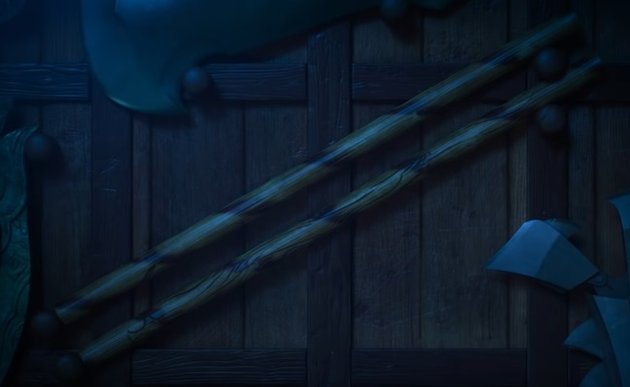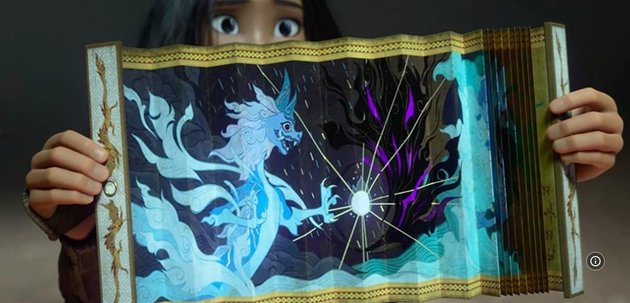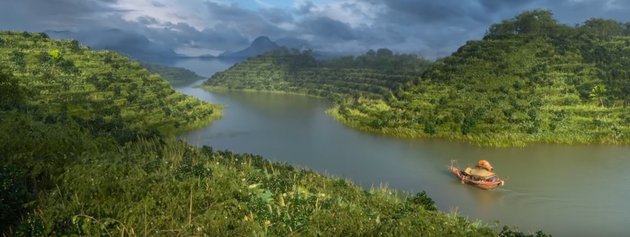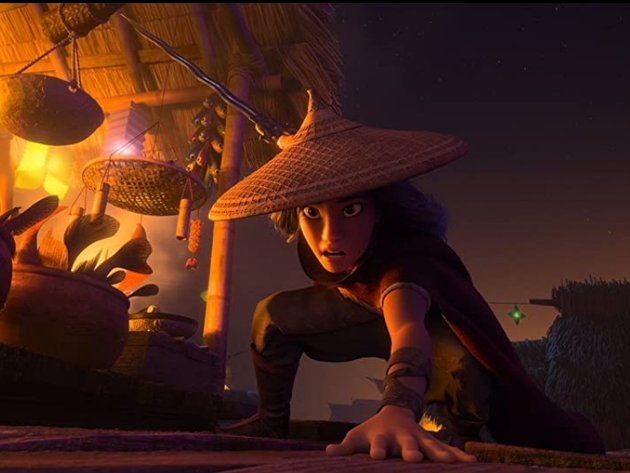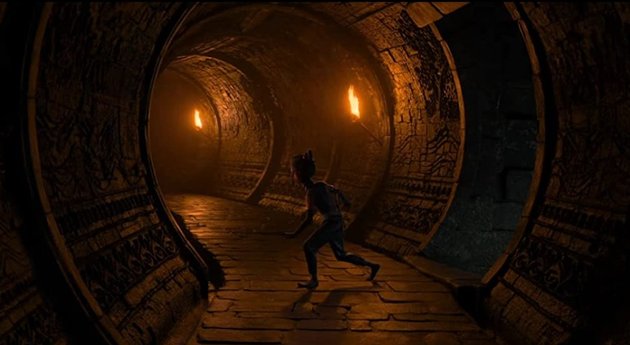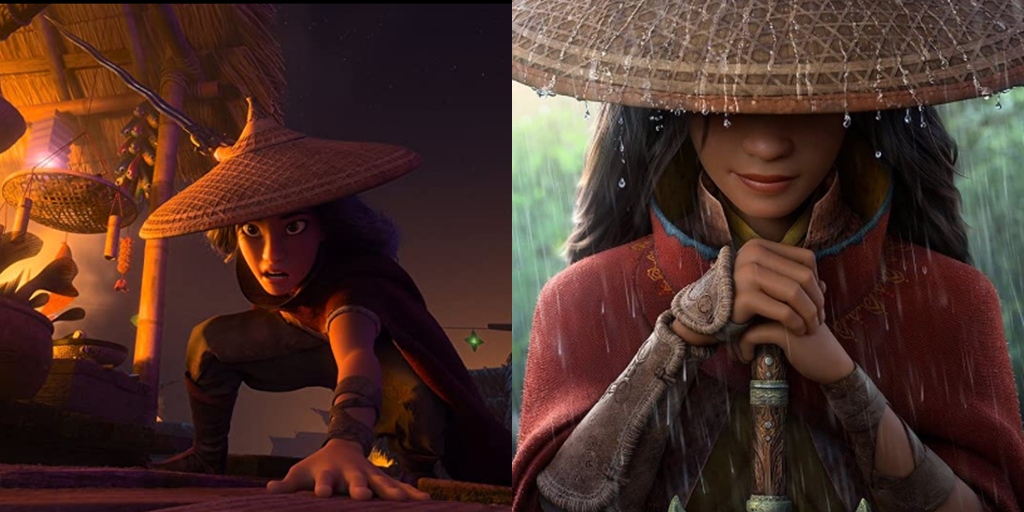
The Disney princess character seems to be growing again in March. Yup, Disney has completed its latest animated film titled RAYA AND THE LAST DRAGON. The story begins with the character Raya who wants to reunite several tribes that were once divided. However, this goal is not easy, Raya must first find the last dragon.
There are many rumors that say RAYA AND THE LAST DRAGON incorporates elements of Southeast Asian culture in the film. Does Indonesian cultural elements appear in this film? Let's find out together!

